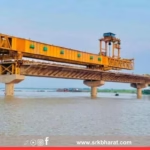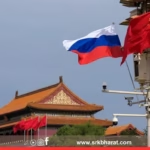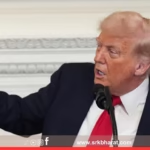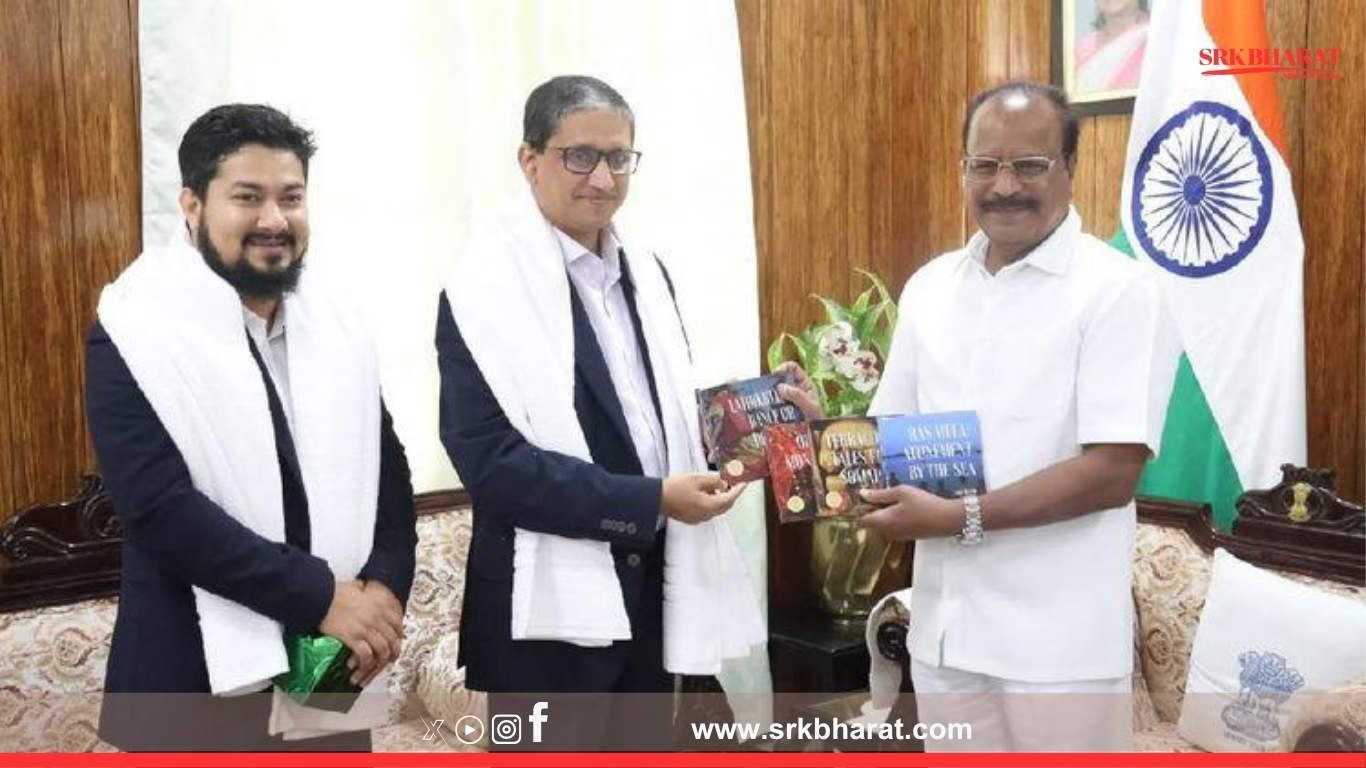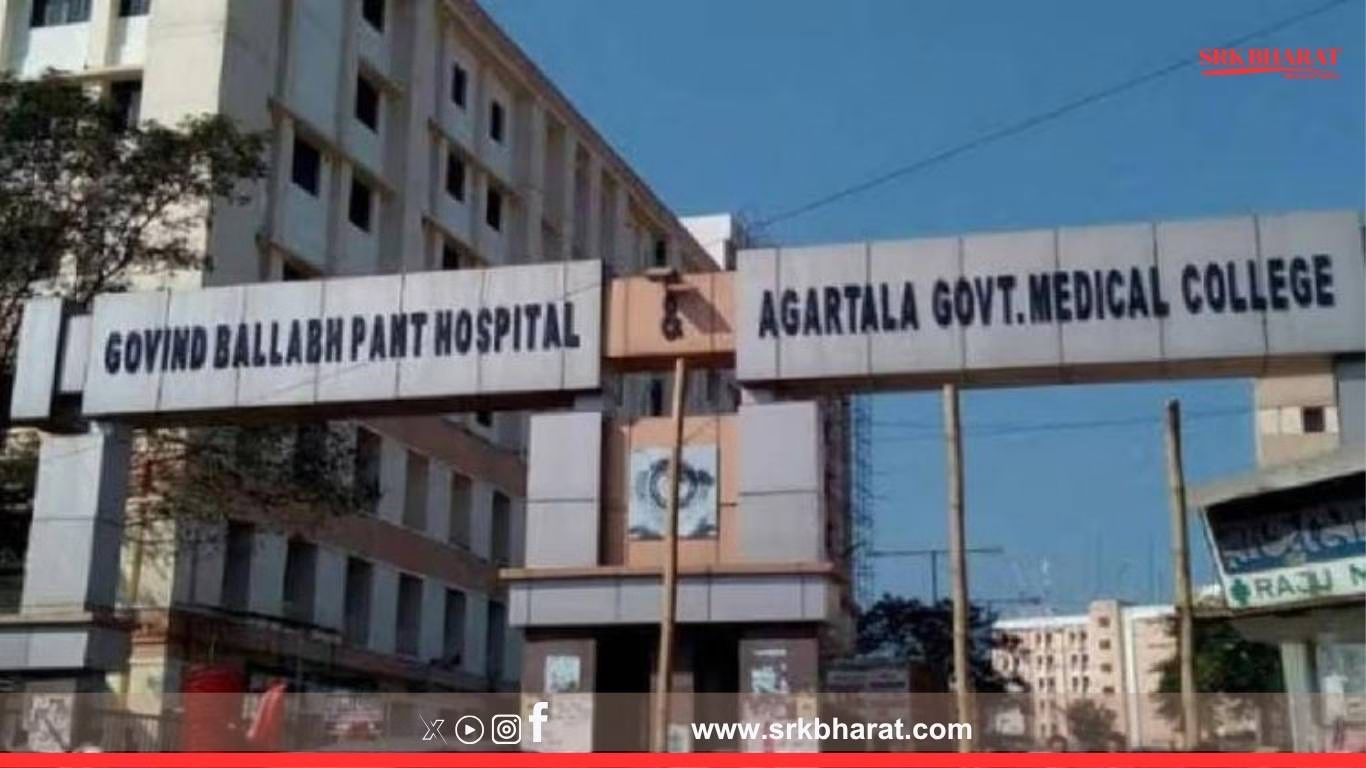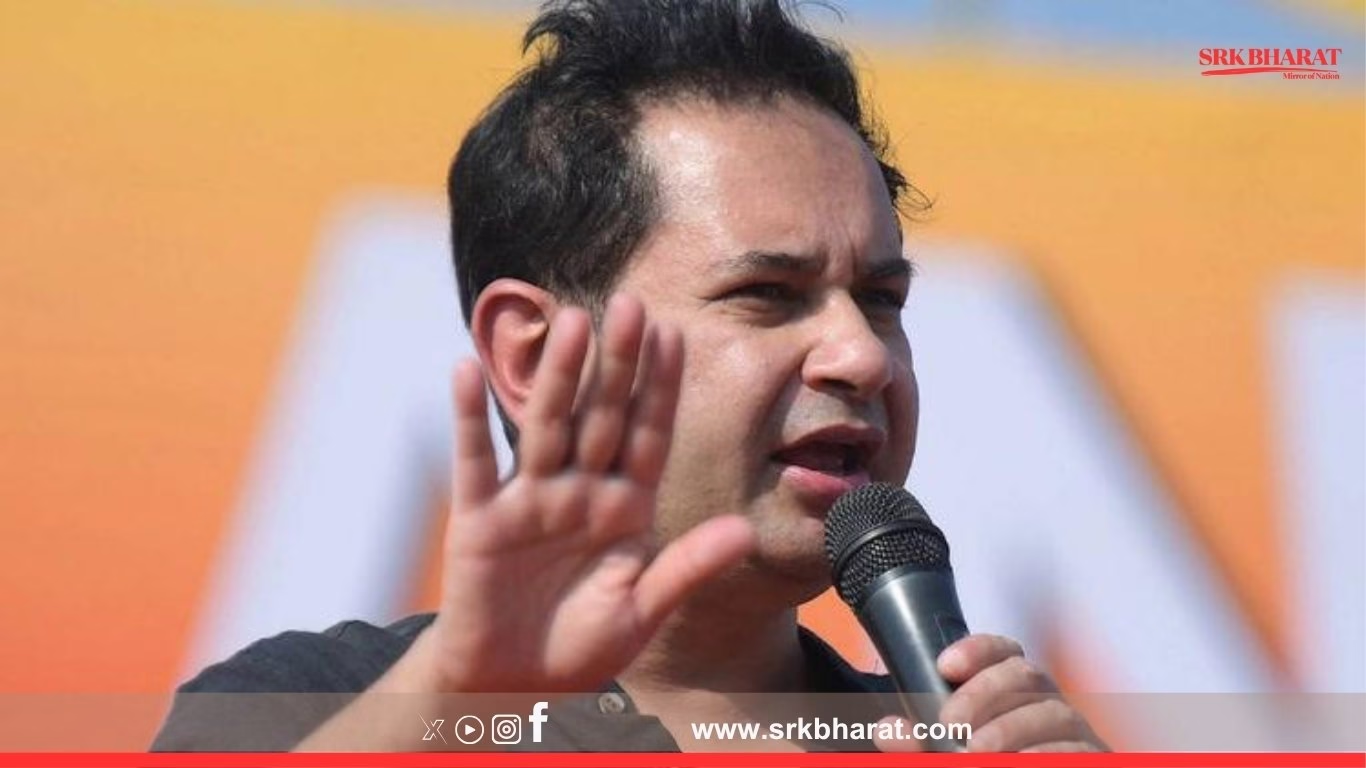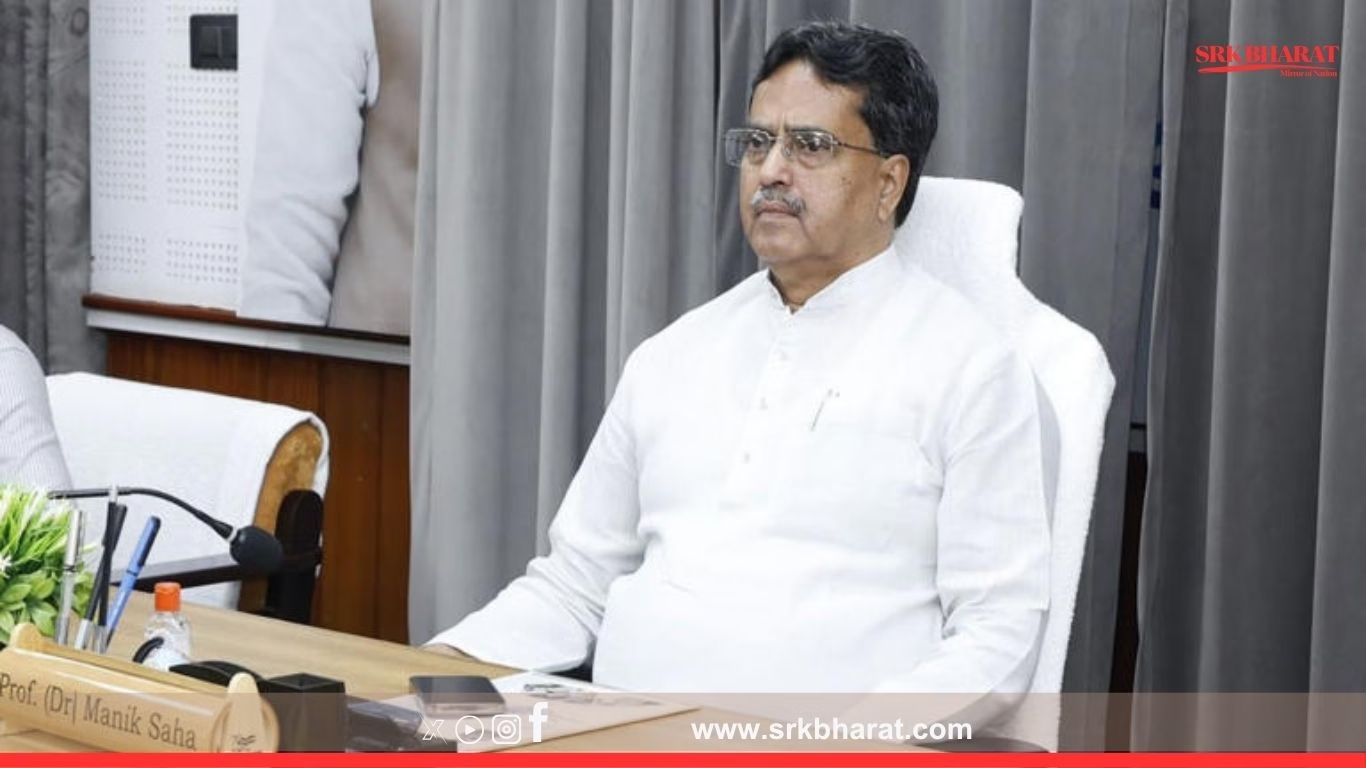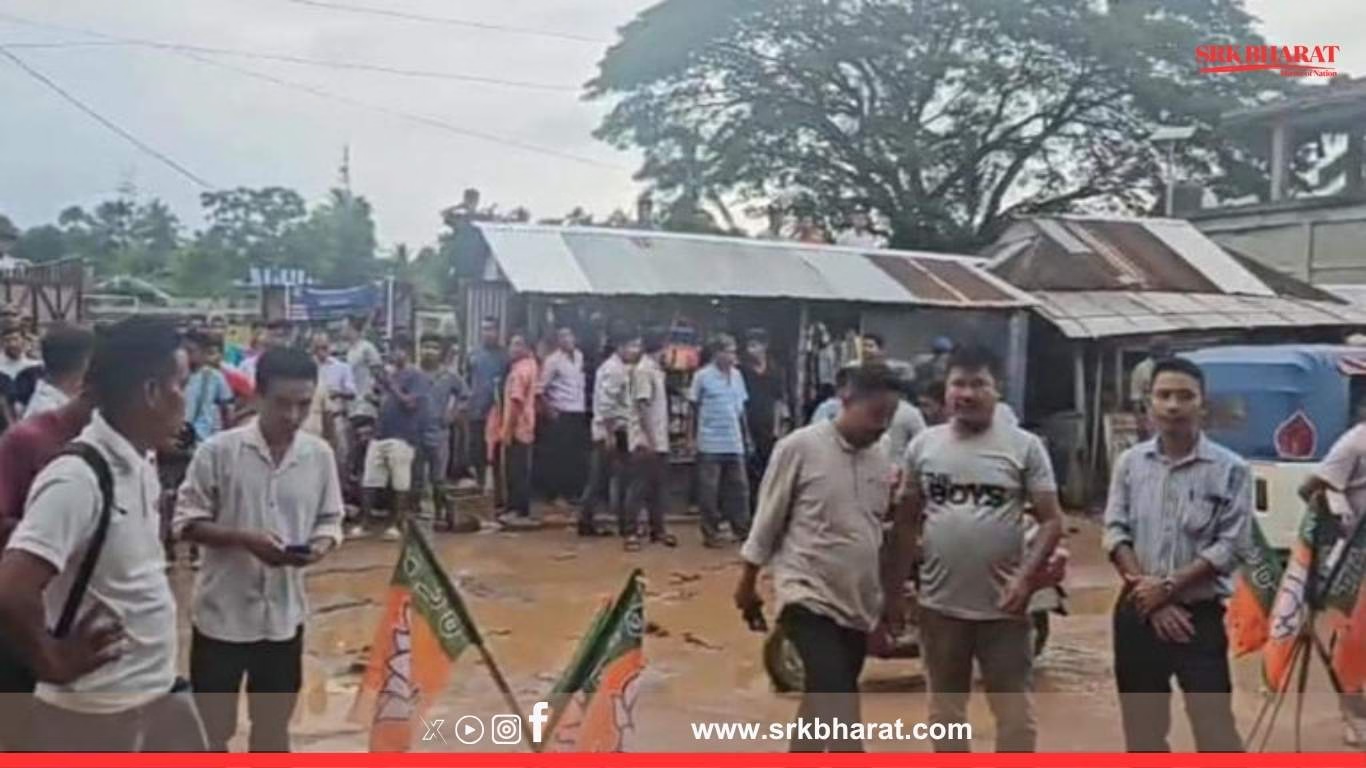Agartala – Bangladesh High Commissioner to India, Mustafizur Rahman, concluded his strategic multi-day visit to Tripura with a comprehensive engagement focused on enhancing bilateral ties, strengthening economic cooperation, and accelerating cross-border connectivity. The high-level diplomatic outreach has been hailed as a potential game-changer for the northeast region, especially in terms of trade and infrastructural integration with Bangladesh.
During his visit, the envoy met with Tripura Chief Minister Manik Saha, senior bureaucrats, local business chambers, and academic institutions to discuss avenues of mutual benefit that can be unlocked through improved diplomatic and economic synergy between Bangladesh and the Indian state of Tripura.
This marked one of the most elaborate bilateral engagements in recent years involving northeastern India and a neighboring nation, signaling Dhaka’s increasing interest in fostering deeper sub-regional cooperation.
Key Diplomatic Engagements
The core agenda of the Bangladesh envoy’s visit revolved around the following priorities:
| Area of Focus | Summary of Discussions |
|---|---|
| Trade and Commerce | Discussed easing trade bottlenecks, streamlining customs, and boosting exports/imports |
| Infrastructure and Connectivity | Examined operational efficiency of Maitri Setu, railway lines, and new transit routes |
| Cultural and Academic Exchanges | Proposed university-level partnerships and language promotion |
| Border Management and Security | Reaffirmed joint efforts on curbing cross-border crimes and maintaining peace |
| Energy and Industrial Cooperation | Explored electricity trade and shared industrial development plans |
Enhanced Trade Through Integrated Borders
One of the highlights of Rahman’s Tripura visit was the strong emphasis placed on making Agartala-Akhaura land port a model for Indo-Bangladesh trade corridors. The High Commissioner stressed the urgent need to reduce bureaucratic red tape and upgrade port infrastructure for quicker clearance of goods and enhanced trade volumes.
Tripura currently has eight land customs stations with Bangladesh, and the Akhaura Integrated Check Post (ICP) is among the busiest. The envoy assured that Bangladesh will continue working closely with Indian authorities to develop a seamless trade ecosystem.
| Trade Parameter | Current Volume (FY 2024-25) | Potential with New Measures |
|---|---|---|
| Bilateral Trade via Tripura | ₹1,000 crore+ | ₹3,000 crore+ by 2027 |
| Export from India to Bangladesh | Tea, Steel, FMCG, Cement | Pharmaceuticals, IT Goods |
| Import from Bangladesh | Garments, Fish, Agro-products | Footwear, Plastic Goods |
Maitri Setu and Connectivity Boost
The Maitri Setu bridge across the Feni River, connecting Sabroom in South Tripura with Ramgarh in Chattogram, remains central to regional connectivity goals. With the bridge structurally complete and operational since 2021, logistical efficiency and road upgrades remain critical.
Rahman emphasized Bangladesh’s readiness to assist in clearing hurdles around customs delays and land availability for logistics parks, paving the way for Tripura to access Chattogram Port directly for international shipping.
This will reduce dependency on mainland India for northeast exports and imports, cutting time and cost drastically.
| Infrastructure Project | Current Status | Projected Outcome by 2026 |
|---|---|---|
| Maitri Setu (Sabroom-Ramgarh) | Operational, upgrades pending | Reduced freight cost by 30% |
| Agartala-Akhaura Rail Link | Final phase testing | Full operation expected by mid-2026 |
| Tripura-Chattogram Cargo Route | Pilot runs completed | Full-scale trade access |
Investment and Industrial Dialogue
The High Commissioner also met with representatives of the Tripura Industrial Development Corporation (TIDC) and Tripura Chamber of Commerce and Industry, discussing opportunities for Bangladeshi investments in Agri-processing, packaging, and textile-related MSMEs.
He highlighted the cost-effectiveness and strategic location of Tripura for joint ventures in rubber and bamboo products, especially as these are raw materials widely available across both regions.
Additionally, the discussion included the development of Special Economic Zones (SEZs) along the border to host Indo-Bangla joint manufacturing units.
Academic and Cultural Diplomacy
In a softer but equally important gesture, Rahman visited Tripura University and encouraged collaboration between academic institutions in Bangladesh and northeast India. He proposed faculty exchange programs, collaborative research in riverine ecology, and linguistic studies.
Cultural diplomacy was also highlighted through a proposal to organize Tripura-Bangladesh Friendship Festivals and exhibitions in both countries showcasing shared art, music, and heritage.
Tripura’s Role in Act East Policy
Tripura is increasingly being viewed as India’s diplomatic and trade gateway to Southeast Asia under the Act East Policy. Bangladesh plays a critical role as the geographical and logistical bridge.
Rahman’s visit reaffirmed the Dhaka-Delhi-Agartala triangle as a pivotal axis for regional diplomacy and commerce. With new corridors like the Bangladesh-Bhutan-India-Nepal (BBIN) framework gaining traction, Tripura could serve as a staging ground for multilateral connectivity.
| Strategic Partnership Layer | Importance for Bangladesh–India Relations |
|---|---|
| Sub-Regional Diplomacy | Builds northeast-Bangladesh confidence and coordination |
| Trade and Transport Corridors | Promotes seamless access to Indian and global markets |
| Energy Grid Cooperation | Enables electricity sharing and reliability enhancement |
Challenges and Way Forward
Despite optimism, several practical challenges were acknowledged:
- Slow clearance procedures at border points
- Lack of multilingual infrastructure and staff
- Incomplete road and rail linkages
- Delayed customs and paperwork formalities
Both sides agreed to accelerate discussions on forming joint working groups to address logistics, legal, and procedural hurdles. Rahman assured that diplomatic will exists in Dhaka to follow through on each point raised during this trip.
Reactions and Regional Optimism
Tripura CM Manik Saha described the visit as “highly fruitful” and promised state-level policy support to convert Tripura into a trade hub with Bangladesh.
“Tripura is no longer a remote corner, but a vibrant corridor of international relevance,” Saha noted.
Leaders of regional political parties like TIPRA Motha, Congress, and CPI(M) welcomed the High Commissioner’s visit, calling for cross-border harmony beyond political divides.
Local businesspersons expressed hope that the diplomatic push would translate into improved ground realities and greater economic opportunities.
Conclusion
The Bangladesh High Commissioner’s visit to Tripura marks a significant chapter in India-Bangladesh relations, particularly in the context of regional diplomacy and sub-national cooperation. By focusing on infrastructure, trade, culture, and strategic alignment, both sides have laid a firm foundation for transformative developments in the northeast region.
As connectivity improves and formal trade barriers reduce, Tripura stands poised to emerge as a key node in South Asia’s new economic geography.
Disclaimer: This article is a comprehensive account of public statements, meetings, and diplomatic engagements as of July 2025. The situation and developments mentioned are subject to changes based on official agreements and future bilateral policy decisions. The article maintains neutrality and does not endorse any political narrative.

